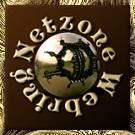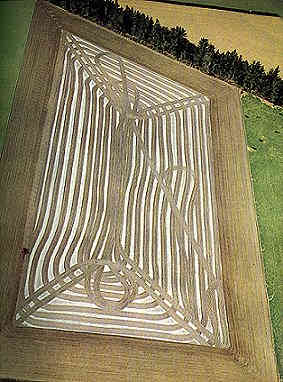![]()
Coasts
Rivers/Lakes
Lowlands/Plains
Geysers/Mud
Glaciers
Mt. Ruapehu
Mt. Cook
White Island
A Maori Legend
![]()
Abbotsford
Aramoana
Ballantynes
Brynderwyns
Cave Creek
Hawkes Bay
H.M.S. Orpheus
Influenza
Mt. Erebus
Mt. Tarawera
Rainbow Warrior
Seacliff Hospital
Tangiwai
Wahine
![]()
Annie Aves
Ata-hoe
Daisy Basham
Jean Batten
Minnie Dean
Mabel Howard
Margaret Mahy
Kath Mansfield
Kate Sheppard
Kiri Te Kanawa
Catherine Tizard
Murray Ball
Charles Goldie
Edmund Hillary
Richard Pearse
Lord Rutherford
Charles Upham
![]()
NZ FAQ--Funny
NZ Links
Credits
When settlers first arrived here fewer than 1,000 Maori were located in the area and this, along with huge stretches of native tussock which leant itself to pastoral farming, made the region attractive to immigrants. Settlers from Australia had good knowledge of farming in drought-prone areas and they put this to good use in this region which is both the driest and flattest part of New Zealand. Once the potential of Canterbury was recognised people and sheep arrived in droves, many from Australia after a drought there in the 1850s. By 1855 all the land had been put to good use and people were spreading into the high country of the alpine foothills. In the North Island the Hauraki Plains are the best known. They cover an area of 80,000 hectares and were formerly the Piako Swamp. Effective drainage has now converted this region into highly productive dairying land. This is an intensely farmed area in which a large number of land-holders own fairly small properties compared with most other parts of New Zealand.
|


 The more productive areas of New
Zealand are the plains and river flats. The Canterbury Plains of
the lower South Island is the largest plateau in the country and
is renowned for wheat growing, other arable crops and sheep products.
Often called the 'granary of New Zealand' Canterbury produces two-thirds
of the nation's wheat crop and half of its barley and oats. It is
also one of the most productive sheep-rearing areas in the world.
The more productive areas of New
Zealand are the plains and river flats. The Canterbury Plains of
the lower South Island is the largest plateau in the country and
is renowned for wheat growing, other arable crops and sheep products.
Often called the 'granary of New Zealand' Canterbury produces two-thirds
of the nation's wheat crop and half of its barley and oats. It is
also one of the most productive sheep-rearing areas in the world.